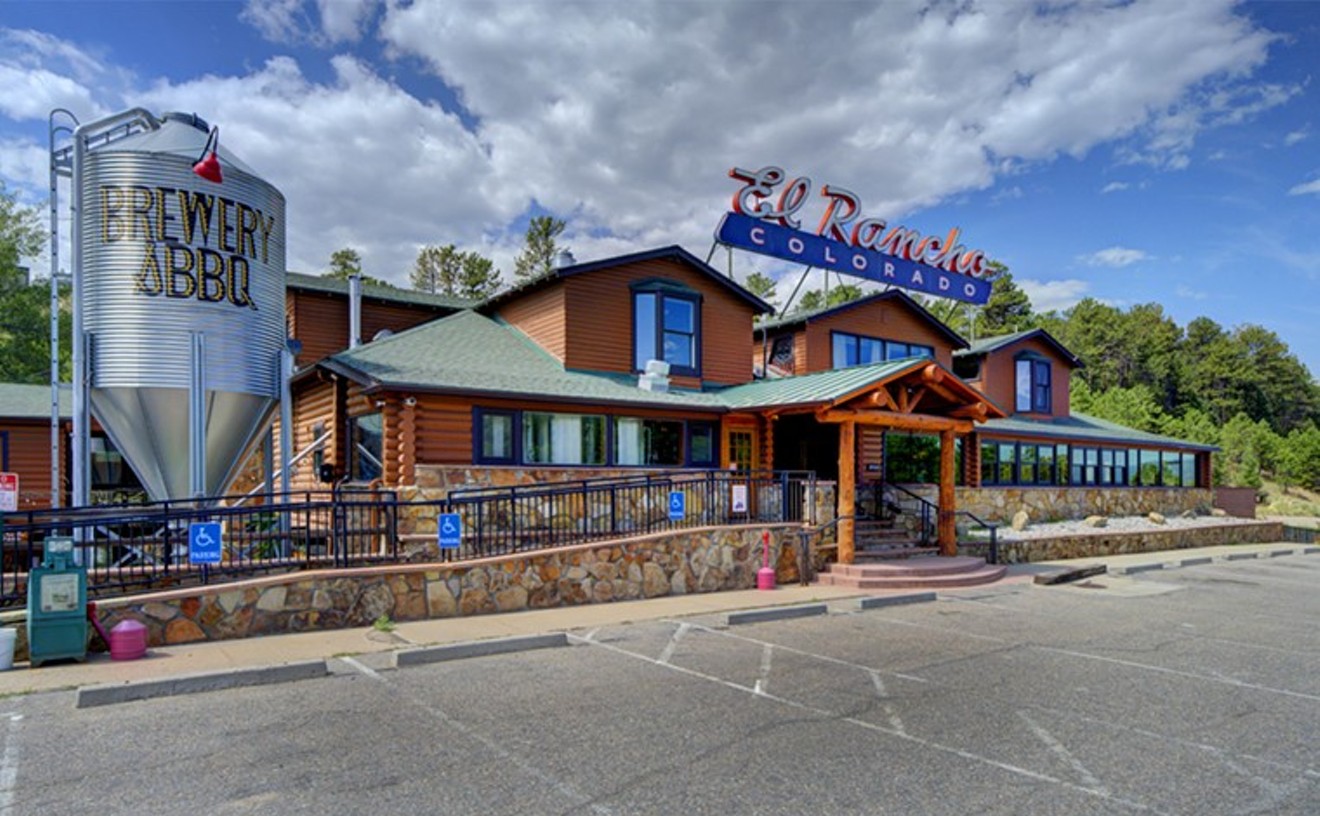You can bet your bottom dollar that somewhere in Hollywood right now--hopefully not in the office of James Cameron--someone connected with Titanic is working on that question right now. Some things are just economic imperatives. It may have taken half a century before Gone With the Wind spawned a followup, but spawn it finally did.
Andrew Davis's feature version of that old TV chestnut The Fugitive was one of the biggest hits of 1993 and garnered seven Oscar nominations, including Best Picture and Best Supporting Actor (which Tommy Lee Jones won). While everyone involved was probably eager to generate a followup, was there really any believable way to get poor Dr. Richard Kimble (Harrison Ford) back on the lam? Shove him into another ill-fated marriage, for whose violent dissolution he would be falsely blamed? Have him mistaken for a very well-preserved Josef Mengele?
Happily, the producers of the original have taken a more organic, if in some ways compromised, approach: Drop Kimble altogether and focus on Jones's scene-stealing cop character, U.S. Marshal Sam Gerard. Not only does Gerard's occupation allow for endless repetitions of The Fugitive's basic plot, but the studio gets to save roughly eight figures on Ford's salary.
This time, with Kimble absent, the story is told almost entirely from the hunter's point of view, as Gerard chases apparent killer Mark Sheridan (Wesley Snipes).
In a scene more or less lifted from the opening of Marathon Man, Sheridan is involved in a chance car accident, which sets in motion a chain of unpleasant events. As soon as his injuries are bandaged up, he's dragged away by cops who recognize him as the suspect in a double homicide. Sheridan protests his innocence to his faithful girlfriend, Marie (Kieslowski veteran Irene Jacob, wasted in a thankless role), but in no time flat, he's packed onto a convict-transport flight.
The rest of the first act--Sheridan's escape from the disaster-bound airplane--may have seemed thrilling and original when it was likely first conceived as a heightened-stakes reprise of the first film's wonderful train-wreck sequence. But in the interim, both Turbulence and Con Air, however mediocre they were, have made such a device seem overly familiar, even hackneyed.
Gerard, who also escapes the crash, is put in charge of the pursuit. (Jones is forced to utter the incredibly arch line "We have a fugitive!" presumably for the sake of the TV ads and trailers.) However, he is also forced to take on Royce (Robert Downey Jr.), a stiff greenhorn from another federal agency that claims jurisdiction over Sheridan. It becomes immediately apparent that Royce and his bosses aren't being quite forthright with Gerard and his crew.
Thanks to the advance publicity, as well as to the audience's memory of the original, it's no secret that Sheridan is another innocent who has been framed by Mysterious Conspirators. (The good guys and bad guys aren't very tough to figure out--the story doesn't give us enough red-herring alternatives.)
As in the original, the plot convolutions aren't especially clear--screenwriter John Pogue and director Stuart Baird don't seem interested in the narrative as anything other than a skeleton on which to hang wisecracks and action sequences. Fair enough. (There is even one egregious plot hole: What ever becomes of the old man who witnesses a crucial killing?)
Baird may not measure up to Davis's standard, but he does keep the action moving; there is one really spectacular stunt sequence involving a leap from a building to an elevated train. Jones unsurprisingly brings his effortless wit and charisma to the screen. Nonetheless, the film is less successful in terms of wisecracks: Despite the return of most of the hero's sidekicks from the first film, including Joe Pantoliano and Daniel Roebuck, the banter among the cops is far less effective this time, ranging from the inaudible to the unfunny.
While the makers of The Fugitive wisely chose to have no romantic subplot rather than a bad romantic subplot, they are less discriminating in U.S. Marshals. Jacob's role is a throwaway, and the equally talented Kate Nelligan is given a confusing (and just as hackneyed) part.
Still, U.S. Marshals is perfectly pleasant popcorn fare: You get Jones and Snipes, and once you get over the hilarity of Downey being cast as a lawman, of all things, he delivers a first-rate performance as well.
U.S. Marshals.
Written by John Pogue; based on characters created by Roy Huggins. Directed by Stuart Baird. With Tommy Lee Jones, Wesley Snipes, Robert Downey Jr., Joe Pantoliano, Kate Nelligan and Irene Jacob.










